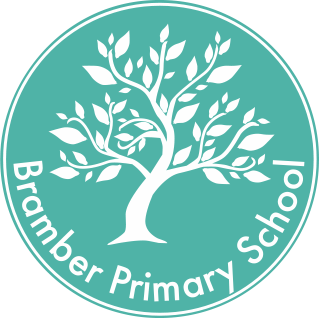Design Technology
Design and Technology curriculum at Bramber
Intent
At Bramber, design technology is an inspiring, rigorous and practical subject. We use creativity and imagination where pupils design and make products that solve real and relevant problems within a variety of contexts, considering their own and others’ needs, wants and values.
Our children acquire a broad range of subject knowledge and draw on disciplines such as mathematics, science, engineering, computing and art. The children are taught to handle and use tools with care and with awareness of health and safety issues.
Bramber children learn how to take risks by becoming resourceful, innovative, enterprising and capable citizens. Through the evaluation of past and present design and technology, they develop a critical understanding of its impact on daily life and the wider world.
Food technology also forms part of the curriculum. Children learn where food comes from, how it is processed, dietary requirements as well as preparing and cooking food.
Bramber Primary’s high-quality design and technology education makes an essential contribution to the creativity, culture, wealth and well-being of the nation.
Implementation
Our DT curriculum is designed for children to build on skills and knowledge as they progress through the schools. Early years are provided with an environment that is carefully and thoughtfully set up to allow children to work towards their early learning goals.
Across the school, we follow the DT association’s project on a page. We tailor this to work with our topic-based curriculum whilst embedding their key principles of designing something for someone for some purpose (3 S’s). In key stage 1 DT is taught through mechanisms, food, structures and textiles. In key stage 2 DT is taught through structures, food, textiles, mechanisms and electrical systems.
In our progression document, key vocabulary, skills and knowledge are clearly outlined so that skills are built upon as children progress through school, completing 3 x 6-week DT units a year.
For all projects, children have a design booklet which outlines the key vocabulary skills and knowledge children will be studying. These booklets that contain their product research, design criteria, prototype, plan, a photo of their final piece and evaluation will go with them through the school so that they build a portfolio or projects throughout their Bramber journey.
Lessons are carefully planned using the progression documents and children are assessed against the learning outcome at the end of each DT unit. A key knowledge grid is at the end of every booklet where children reflect and assess themselves against the key knowledge.
We deepen children’s knowledge by using vocabulary to stretch their skills and encourage children to challenge themselves by exploring and practising more challenging techniques. We scaffold learning by looking back at previous year groups’ knowledge and skills and encouraging autonomy when selecting media, they wish to use.
Impact
DT is woven into our topics so that it is enjoyed across the school and the children enjoy the challenge of being able to produce a variety of different products, from cookery to designing and making structures. Children will know more, remember more and understand more about design and technology, demonstrating this knowledge as they progress through the school when using tools and showing skills throughout other areas of the curriculum. Children will show an enthusiasm and understanding of design and how it impacts our lives, neutering children for an ever-changing and technology-driven world.
